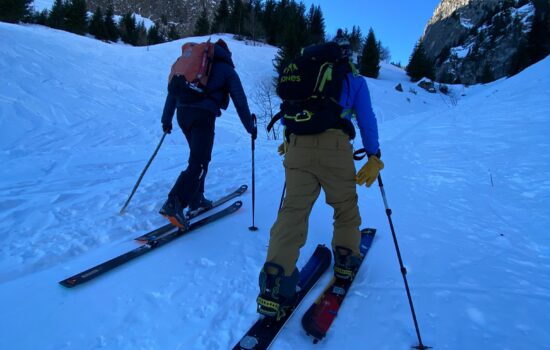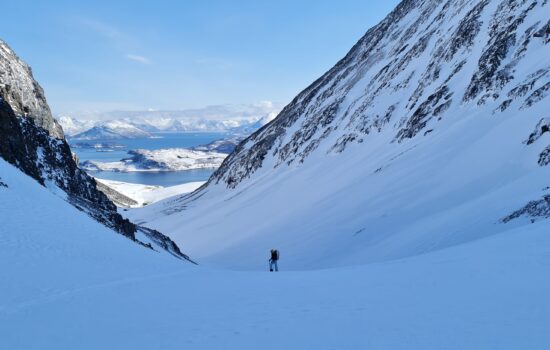Splitboard Romania is a splitboard trip on which you’ll have the chance to discover new cities, a proud culture whilst mixing in 6 days of UIAGM led splitboard touring.
Each year we head to the Transylvanian Alps for a cultural, splitboard experience. This is an adventure set deep in the heart of the Carpathian Mountains.
Transylvania is famous for many reasons, but it tends to conjure up an obvious image, thanks to a certain author. Gothic horror novelists aside, it has also captured the popular imagination of travellers from all over the world who come to visit for its rich history, incredible castles, joyous architecture, and cities of genuine cultural importance.
Perhaps Romania isn’t the first destination you might think of for splitboard touring, but we know of an incredible zone that is as beautiful as it is wild, and we’re thrilled to be returning there in March 2024 for a third time. It is usually a trip of 9 days and 8 nights and majestic snowy peaks, dark green Transylvanian forests and unforgettable splitboarding await, but first lets take a closer look at what else makes this trip so different..
Historic Sibiu. Day 1. The first stop on this adventure.
Sitting across the Cibin river at an altitude of 425m above sea level is the Romanian city of Sibiu. Originally a Daco-Roman city, Sibiu was re-founded by Saxon colonists in the 12th century and, heavily fortified, held off repeated Turkish attacks until 1541 when Transylvania became an autonomous Turkish vassal state.
After the Turks withdrew from Hungary, Austria regained Transylvania until finally, with the rest of Transylvania, it was ceded to Romania in 1918. Parts of the old fortifications remain, along with many medieval houses and three watchtowers that have survived the centuries intact. Originally there were forty, each a home to different Guilds. The Octagonal Tower of the carpenters, the Square Tower of the potters, and the Pentagonal Tower of the cloth make for impressive viewing. This old medieval town is in two parts, the upper town built on a terrace and the lower town on the banks of the Cibin, the two being connected by ‘The Fingerling Stairway’ through a district of narrow cobbled alleys.
Today Sibiu is a bustling city of 170,000 people, with restaurants, bars, businesses, shops, and other attractions operating out of its outstanding medieval architecture. It was also the European Capital of Culture in 2007. Once you have arrived at Sibiu International Airport, we will get you settled in your included hotel accommodation from where we can spend an afternoon exploring the city and perhaps grabbing a quick ‘Scovarda’ a delicious sandwich from one of the many delis selling this authentic and fresh Romanian afternoon snack.
We will stay for the first night in a Sibiu hotel, allowing us time to take in the city at night and find a table to eat some delicious food together before getting some sleep ahead of our Saturday morning transfer.
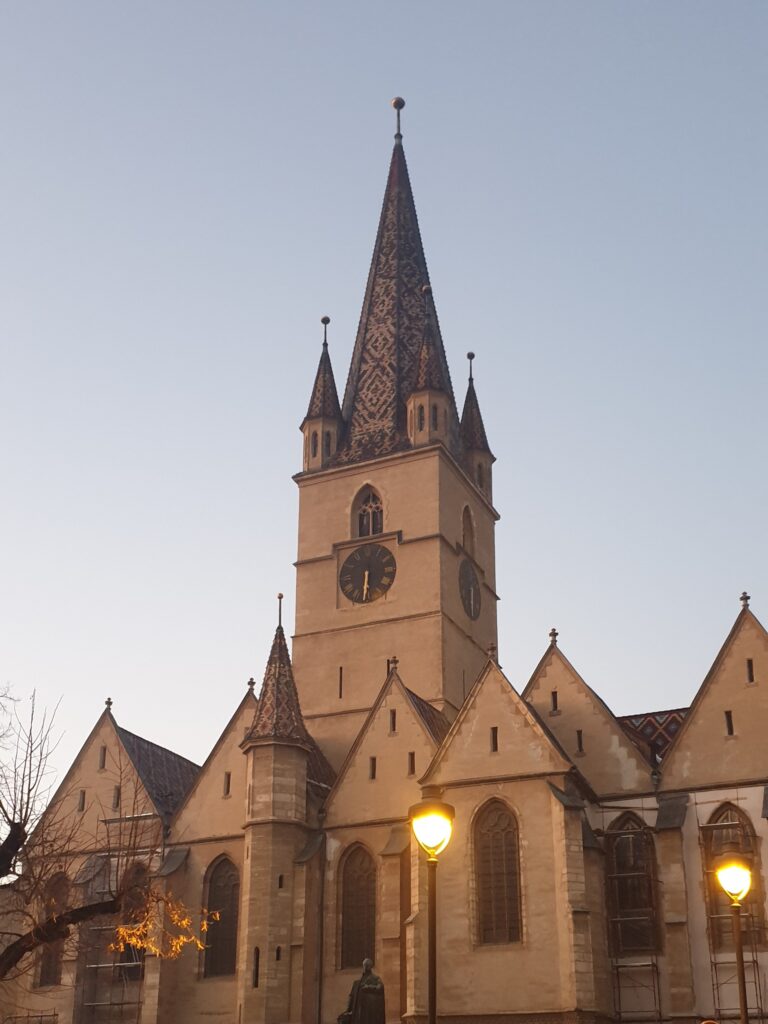
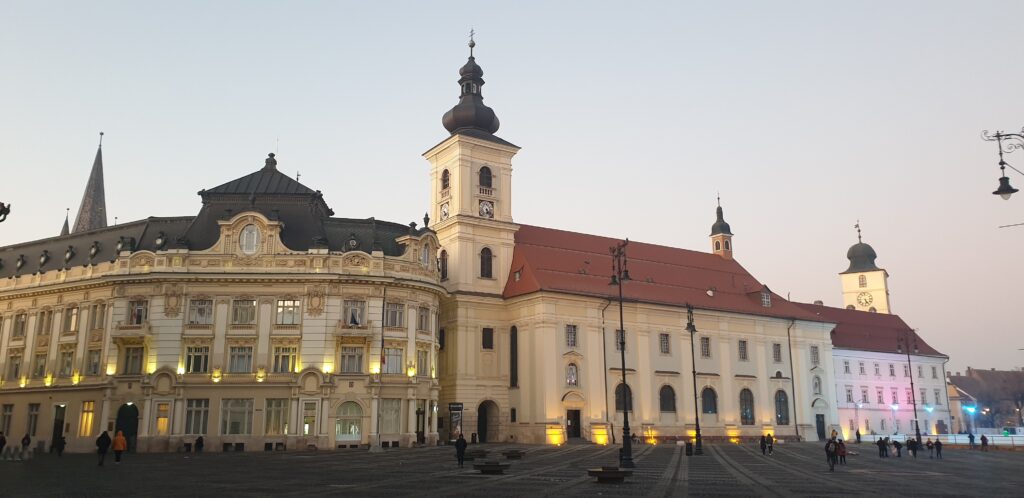
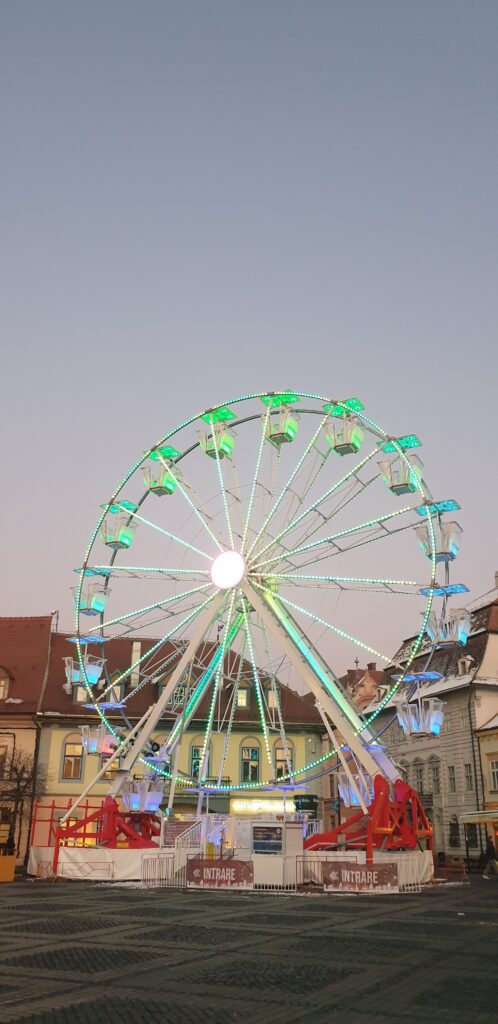
The Transfagarasan Highway. Day 2. The transfer to Cascada Bâlea
After a leisurely hotel breakfast, we’ll make the 90-minute transfer up to Cascada Bâlea, located in the southern end of the Carpathian Mountains. The drive takes us through the city and into the Romanian countryside with views of the Fagaras mountain range in the distance. After an hour we arrive at the foot of the famous Transfagarasan Highway.
The Transfagarasan Highway is Romania’s most spectacular and best-known road, and, thanks to an appearance on BBC’s Top Gear in 2009, is now one of the country’s most popular tourist attractions. It was built between 1970-1974 on the personal orders of Nicolae Ceausescu (the Romanian communist politician and dictator) who wanted to create a strategic route across the Fagaras Mountains so he could move troops north should Romania be invaded by the USSR (as Czechoslovakia had been in 1968). Sibiu was, at this time, the country’s military centre. The road up to Balea on the Transfagarasan is a spectacular journey, we wind up through the many switchbacks and through snow covered trees, just before we arrive at Bâlea Cascada.
Bâlea is a popular Romanian tourist spot, more so in the summer months, and there is a small market operating there year-round selling the usual souvenirs’ but also a fine selection of stalls selling local produce. The cheeses and pastrami sausages are well trying, buy some and pack them in your bag as they make for a great picnic lunch on the mountain.
From here we leave the vehicles behind for the week and take our snowboard bags up to the departure platform of the single cable car that will transport us up to Bâlea Lac, situated at 2000m where our accommodation for the trip is located. It is a spectacular ride up and it gives you a glimpse of the fabulous splitboarding terrain this zone has on offer.
As the name might suggest, Bâlea Cascada is famous for its waterfalls and the one we pass on the way up to the lake is one of the biggest and most picturesque waterfalls in Romania. It falls from a height of more than 60 meters, in the shape of a fan. It’s looking at its best towards the end of the spring months but its still impressive, even in March.
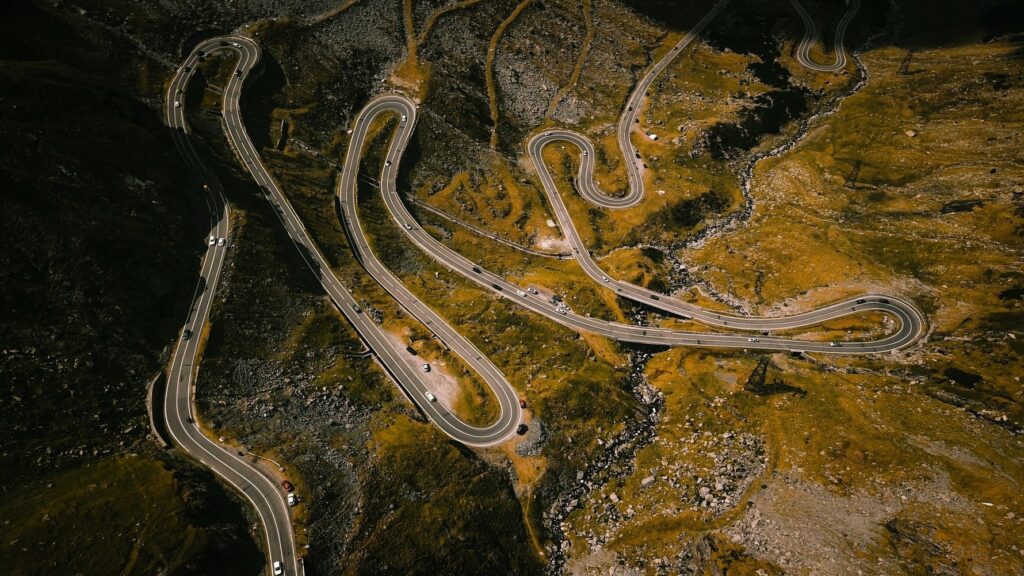
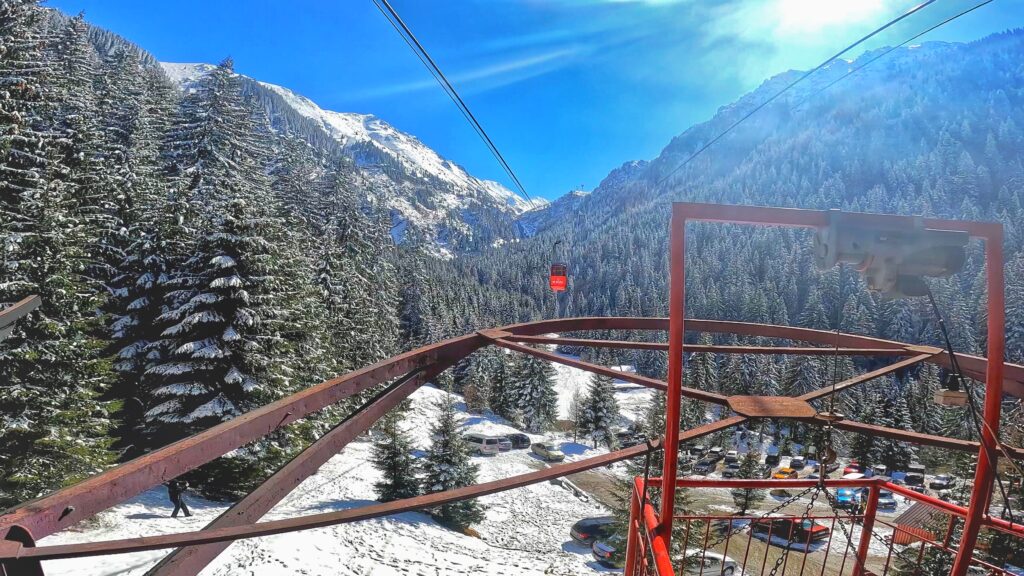
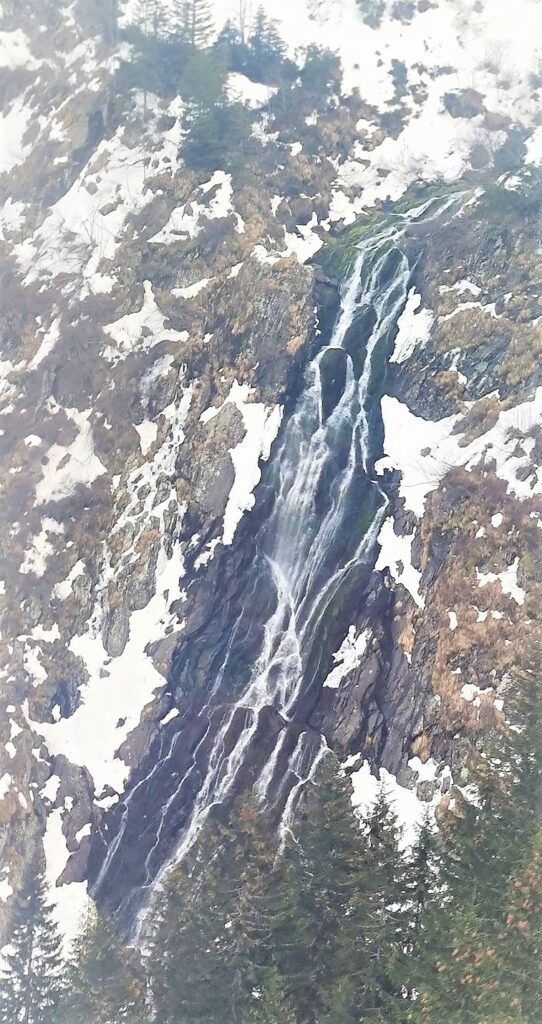
The Accommodation. Day 2. Arrival at Bâlea Lac
Bâlea Lac is a glacier lake situated at an altitude of 2,034 m in the Făgăraș Mountains range of Cârțișoara, Sibiu County. It is a site of exceptional natural beauty, and it is where our accommodation is based. There are only two lodges open all year round for visitors along with a meteorological and mountain rescue station. The two lodges are the Bâlea Cascada and the Paltinu Chalet. We prefer to stay in the Paltinu lodge when we visit, due to its location, general ambiance, and an interesting backstory.
The Paltinu Chalet was designed and built as a private hunting lodge for the former President of Romania, Nicolae Ceausescu, and his friends. It was completed in 1972, two years before the commissioning of the actual highway. Over the years until his death in 1989 Ceausescu ensured that no expense was spared when it came to his personal comfort. In 1987 a generator failed on one of Ceausescu’s hunting trips which led him to have mains electricity installed in 1988 (this was introduced via the power lines of the Balea Lac waterfall cable car).
The villa passed to former County Office of Tourism and from 1991 to SC Balea Tourism S.A. Sibiu. In 2007-2008, the villa was extended and modernized in a major project and the villa was re-classified as a tourist chalet. It is a combination of rustic and modern, keeping the essential elements of an alpine chalet in stone and wood. There is a large dining area, a well-stocked bar and a full menu to choose from each evening. On this trip each person gets a private bedroom with en-suite facilities. The location of the chalet is truly special, surrounded by mountains we can start to splitboard tour from the front door in the morning and ride back to it at he end of each day.
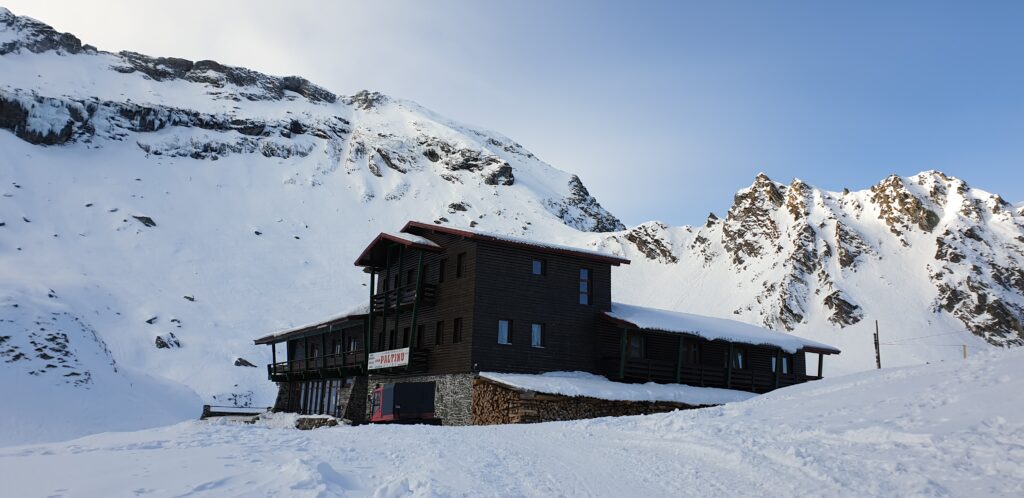
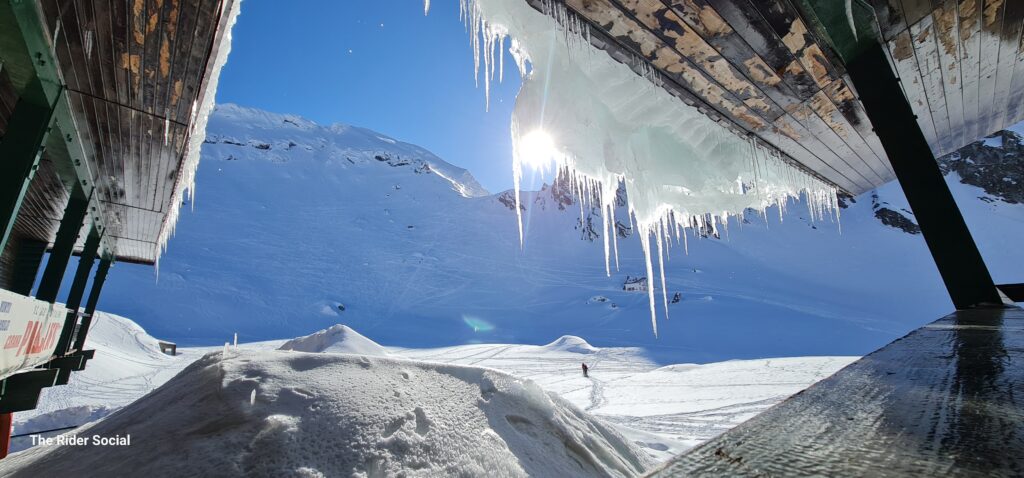
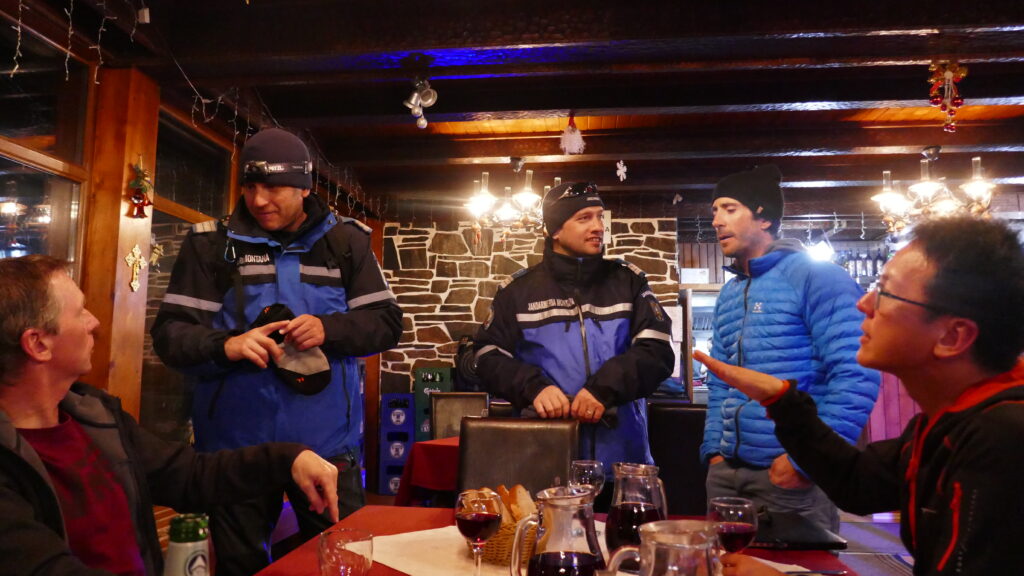
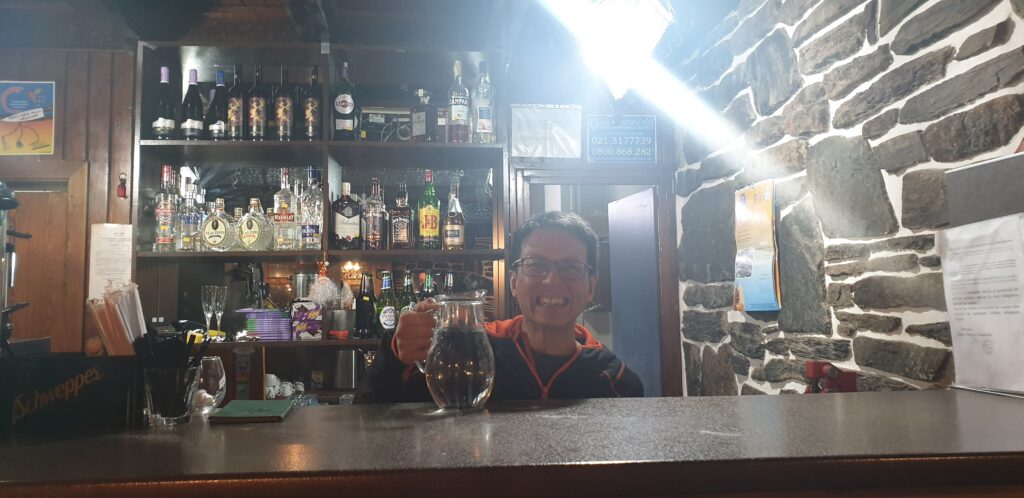
The Terrain. Days 3 to 8. A Freeride Paradise
One of the big reasons we choose to return to the Fagaras range each season is because of the mind-blowing amount of freeride terrain on offer. There are no lifts so everything you want to ride must be accessed on a splitboard. This zone isn’t that high (its biggest peak tops out at 2544m) but its easterly location means it’s cold, so it holds the snow incredibly well. The other interesting thing is that it has a wide selection of steep terrain that is relatively easy to access. This allows (for the groups who might be interested) to ride some steep, shorter pitch aspects that offer up the perfect introduction to bigger mountain snowboarding. We have dubbed it ‘Little Chamonix’, as its perfect for those who are looking for a safely managed entry to the world of splitboard alpinism and steep snowboarding.
Even though there is a lot of steep and technical terrain, this zone also offers a huge number of easier aspects to ride on. A short skin from the lodge brings us to a ridge from which a rolling, fun 14km off-piste descent back down to the cable car is possible. Should we find that conditions and visibility are against us one day then we can choose to ride in the forests further down. This Transylvanian gem gives us all the options, whatever the weather might throw our way.
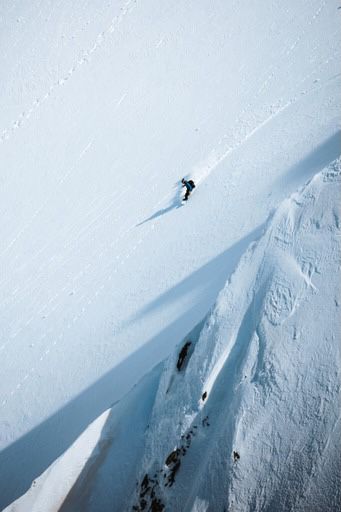
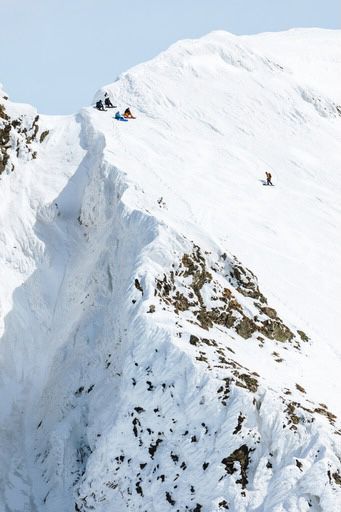
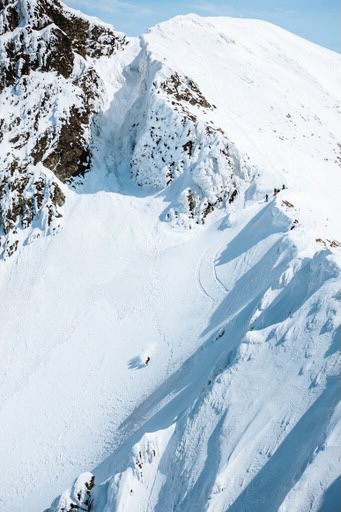
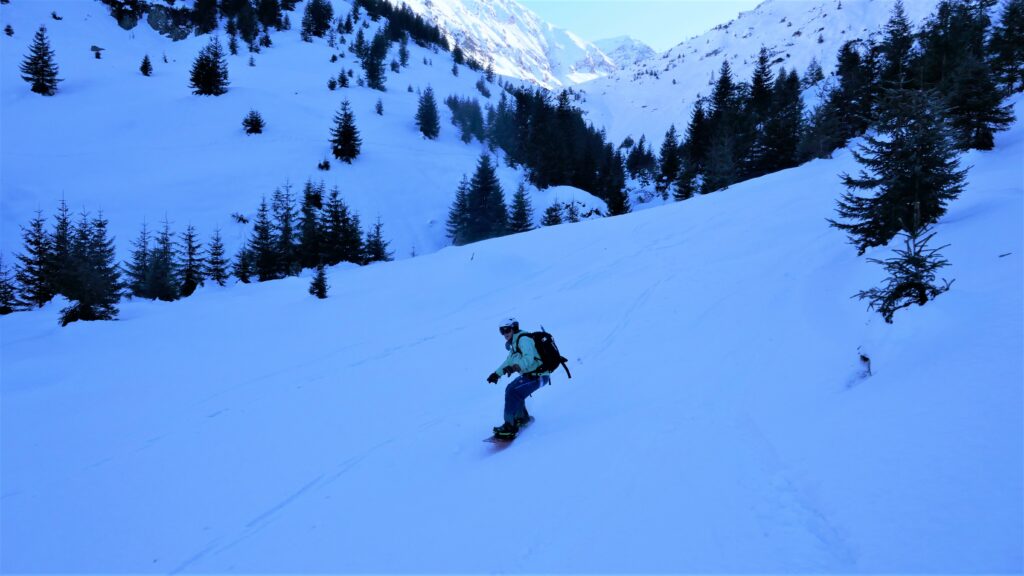
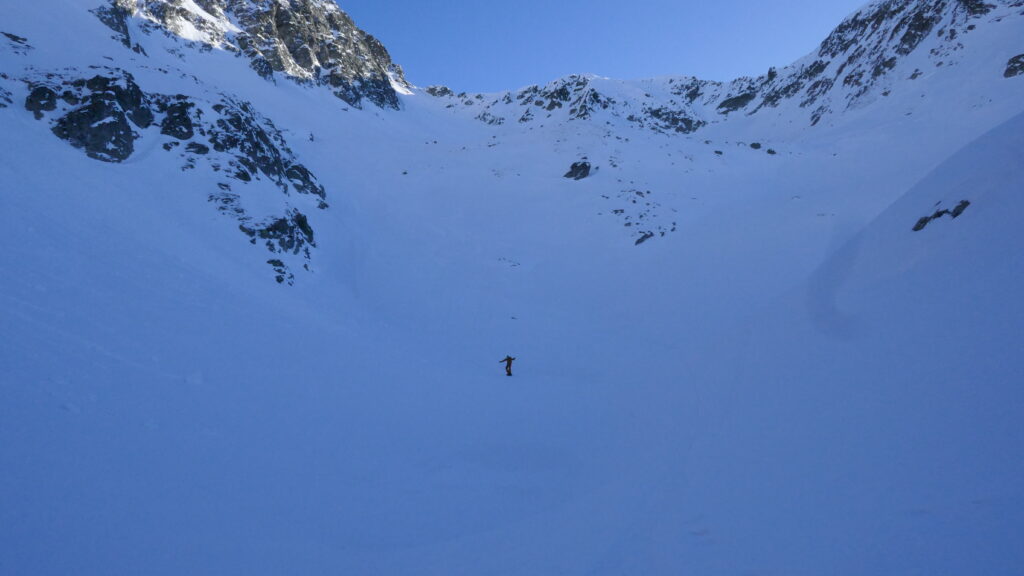
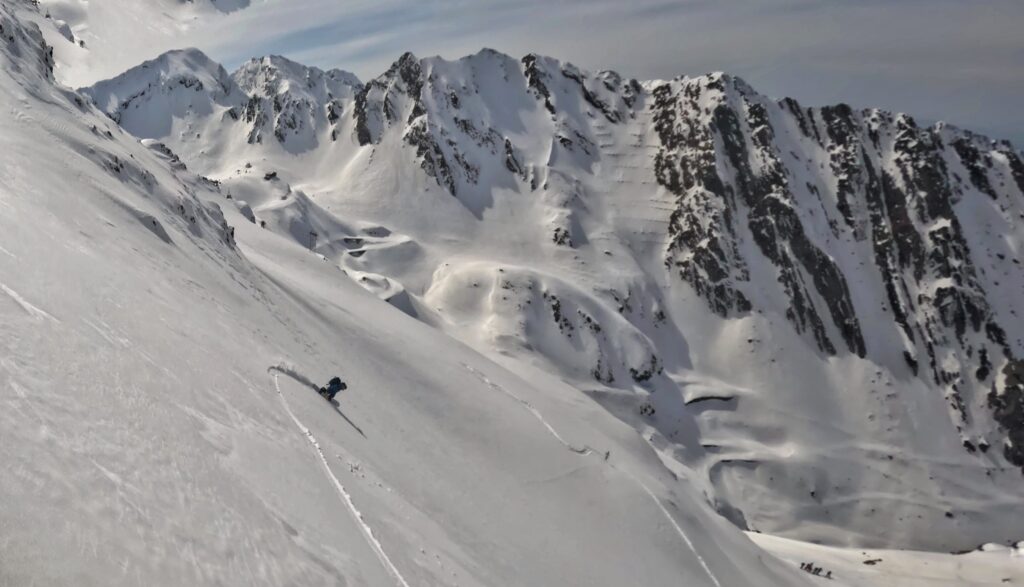
UIAGM splitboard guiding. Day 3 to 8. Your safety is our number one priority.
Your guide for this trip will be Polo Verdier. Polo graduated from ENSA in Chamonix with distinction in 2013, joining the Compagnie des Guides in Les Contamines. A UIAGM qualified guides can take you to the top of Everest. What makes Polo so special in this field is that he would be able to take you up it on a splitboard. There are only a handful of UIAGM qualified splitboard guides in Europe, Polo has led Rider Social trips since 2014 and has been our go to guide for our worldwide trips since 2017.
We also specialise in small group size. On this trip the guide / client ratio is 1:4.
This means you get to ride in terrain that would be off-limits to larger groups as it can be safely manged. Another Rider Social crew member will act as a backmarker on your trip. This added layer of safety allows the lead UIAGM guide to concentrate more on finding you the best lines to ride.
- A small group = more exciting terrain
- UIAGM = professional and rare high mountain splitboard guiding
- An all splitboard group = splitboard specific ascents and descents
We will be required to carry full backcountry access equipment. This includes snowboard boot crampons, a harness, and an ice-axe. Avalanche transceivers will be worn, and a shovel and probe will be in your pack, every single time we go into the mountains. If you don’t already have experience of using this equipment, you’re in the right place to learn about it. As a part of the trip, we also provide splitboard alpinism technique training – how to efficiently pack the equipment, when to deploy it and most importantly how to use it safely and effectively. Avalanche search and rescue training sessions will also feature. It could be that you are learning to search using a transceiver for the first time or, perhaps you’ll use the training as a refresher course if you already know how to use one.
All training and backcountry craft education is led by a Rider Social UIAGM qualified splitboard guide, we can also arrange for rental of any equipment you may need, should you not already own it.

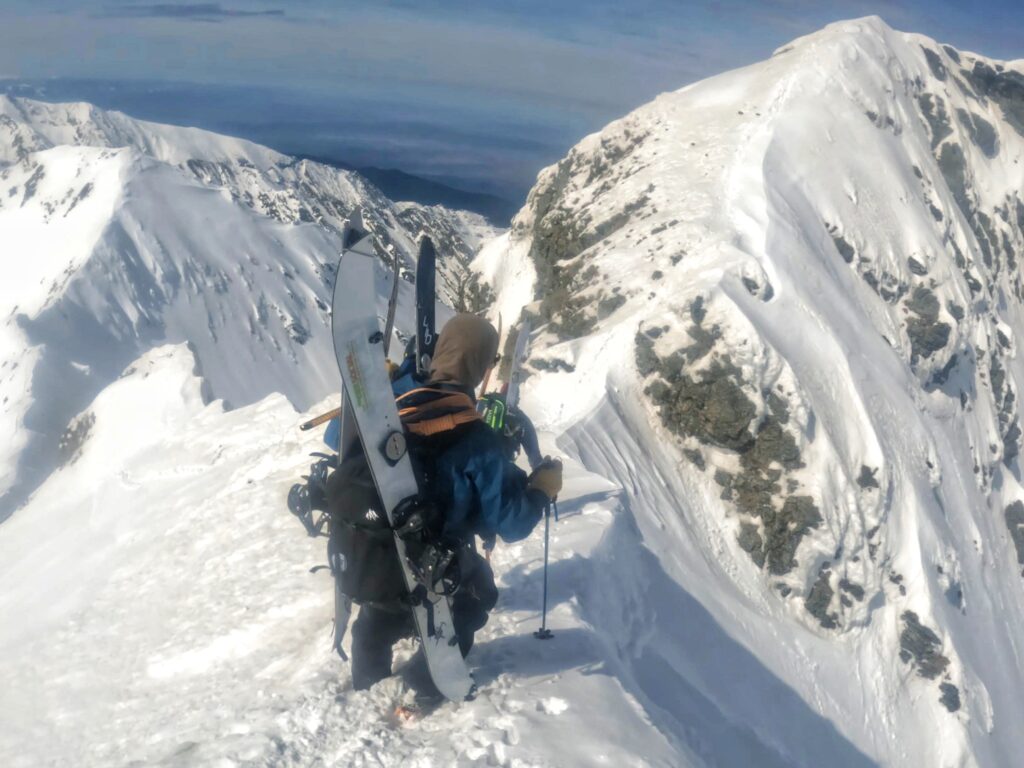
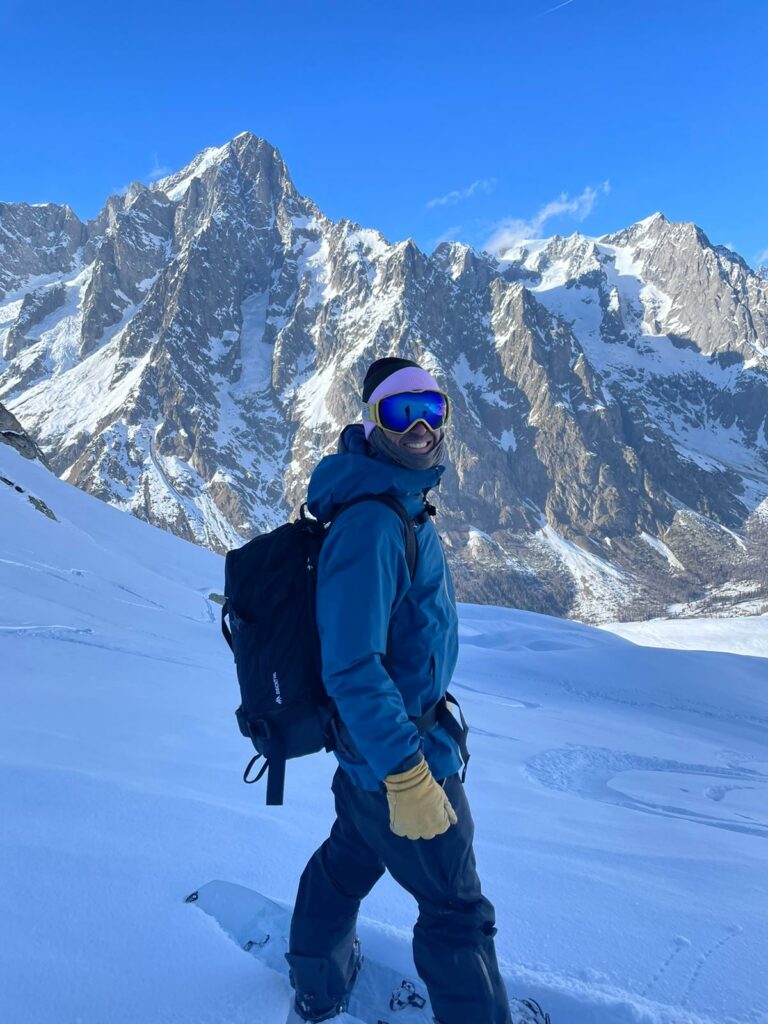
The daily splitboard touring. Day 3 to 8. Fitness & ability
This splitboard trip is for people with a good level of snowboarding (minimum 10 weeks), experience of splitboarding and a high level of physical fitness.
There are no lifts here. A typical day will involve making ascents of minimum 1000 vertical metres on a splitboard (some days it will be more but we don’t tend to go over 1300 vertical metres) and there are ascents we’ll make that have sections which will require you to hike wearing snowboard boot crampons and the carrying of your board on your bag. It is hard work on some days but the rewards are incredible.
You should be comfortable making kickturns on steeper gradients of around 30 degrees. Depending on the conditions this could be in an icy skintrack, you should already be familiar with using splitboard crampons (knives / couteaux).
We strive to help people become better splitboarders on these trips and will offer as much encouragement and tuition as required. However, we also expect you to pay full attention to any instructions given by your guide on the mountain. T
If you haven’t previously attended a Rider Social trip then we will need to ask you for a few details about your splitboard experience to date. This is necessary not only for your safety but that of the group as a whole.
On all of our trips we strive to provide the best experience for the group as a whole. We aim to put together crews of similar experience and ability in order to deliver on this. The stoke is real.
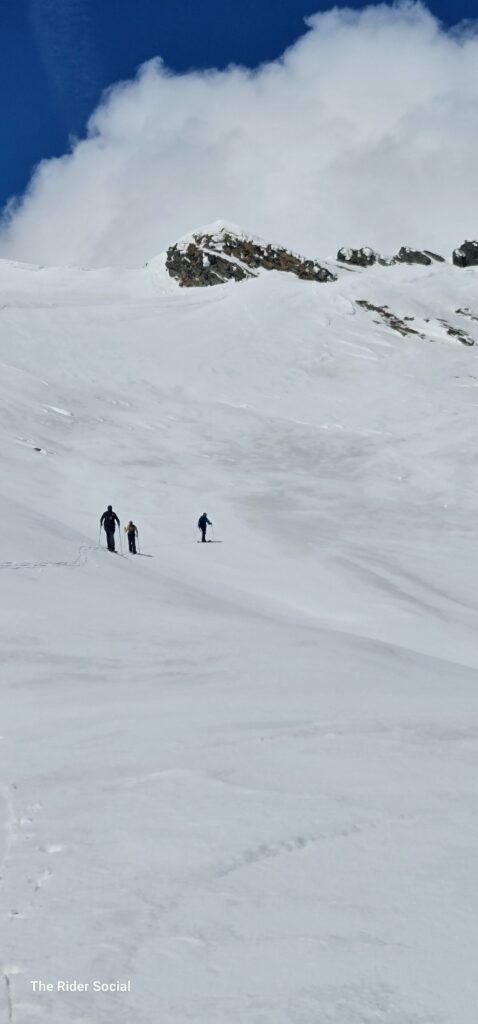
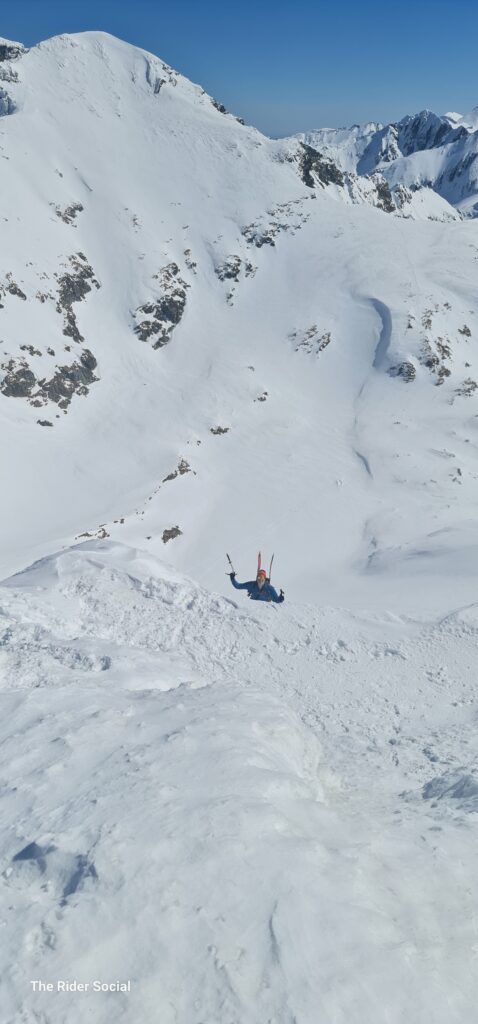
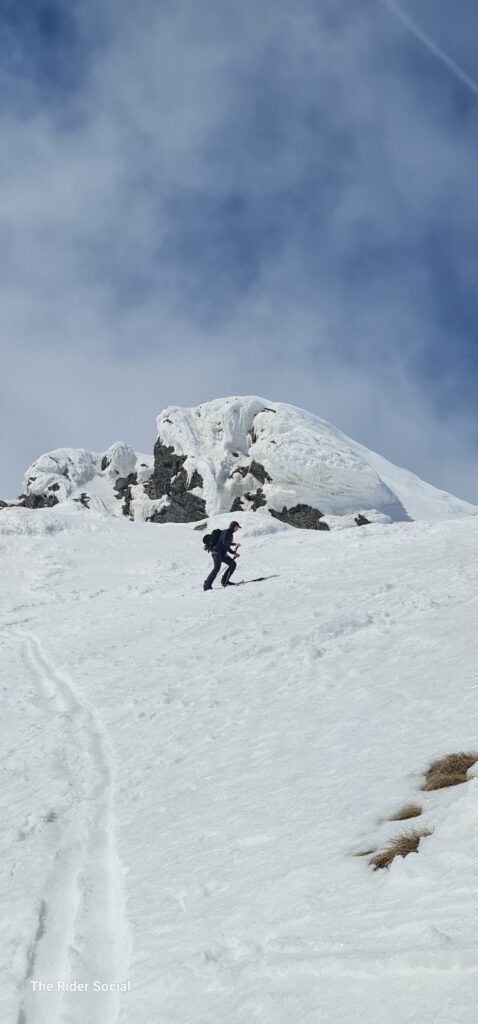
Departure. Day 9.
We will leave the beautiful gardens of Balea behind on the following Saturday. Its breakfast as usual on the morning before dragging the board bags back to the cable car and getting back down to the Cascade around 10am.
At the bottom we will be met by our drivers and taken back to Sibiu where you can either choose to stay for a final night (not included in the price) or take an onward flight from the airport to your next destination.
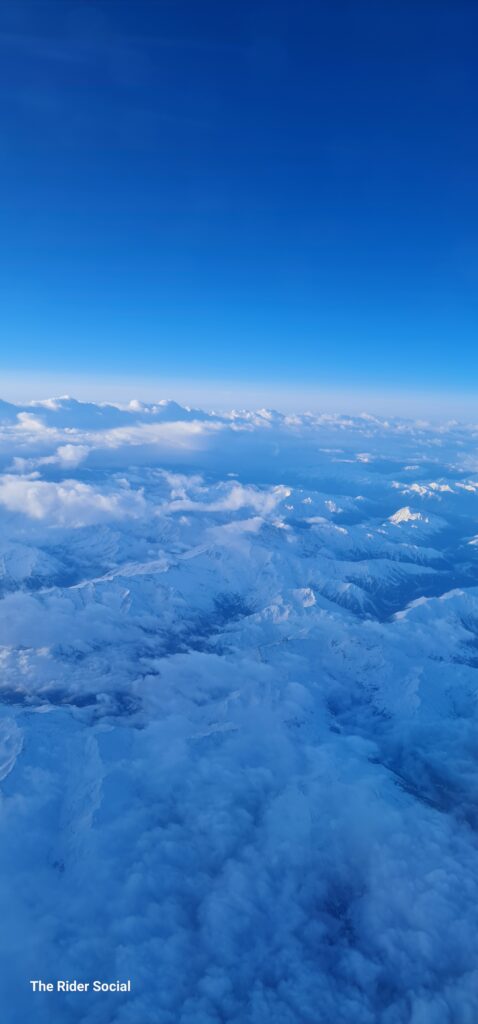
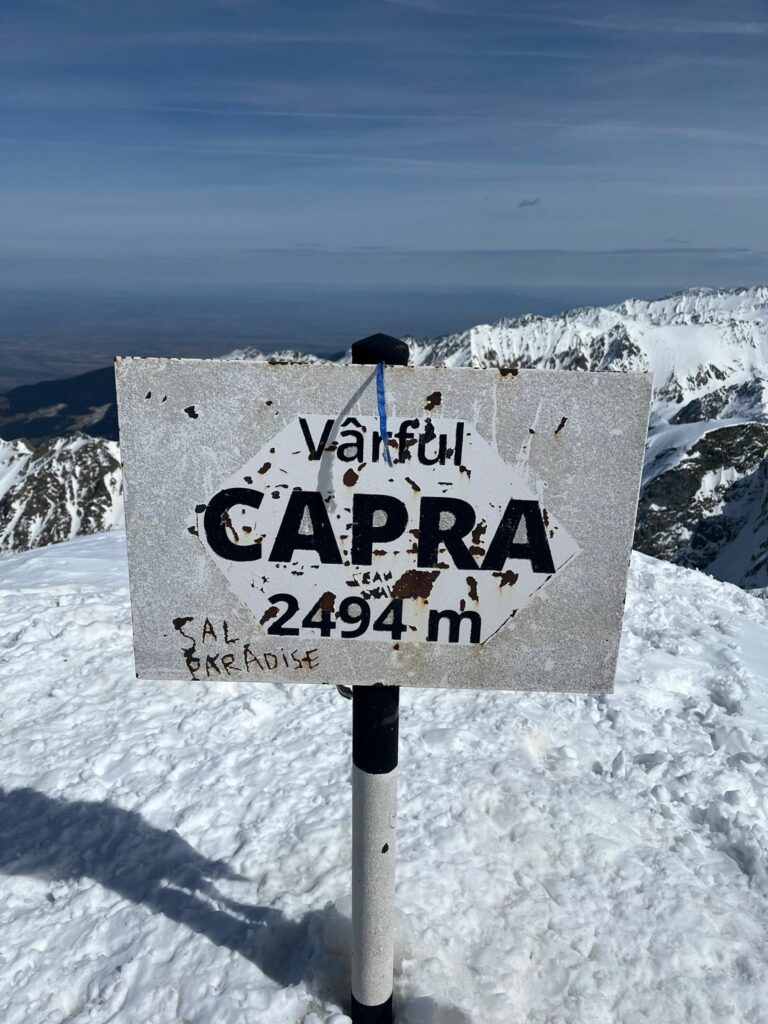
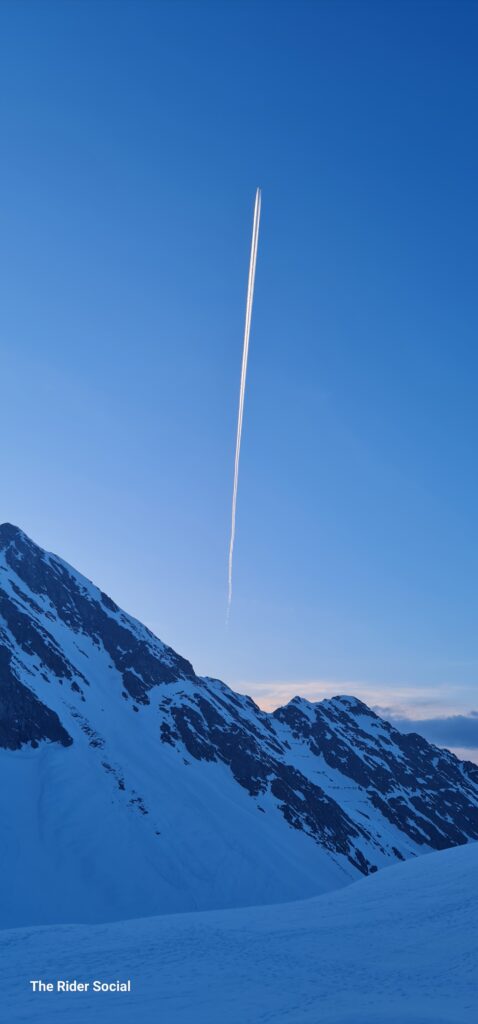
Get in touch for the next session here

